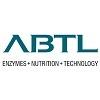
Content sponsored by:
ABTL Advanced Bio-Agro Tech Ltd
Understanding the Changing Dynamics of Protein Sources - Cost Control Dynamics for the Feed
Published: October 15, 2021
By: ABTL Enzymes
Poultry feed contains major ingredient i.e., soybean meal as the principal source of protein.
Soybean meal is the dominant protein supplement used in poultry diets & also has an excellent amino acid profile the primary protein source in poultry diets.
In recent years most producers are looking for alternate protein sources of soybean due to skyrocketing of the commodity.
There are some alternative protein sources which have been used by poultry/feed producers as a replacement for soybean meal: like – DDGS, Cotton Seed Meal, Sunflower Meal, Mustard Oil Cake, Rapeseed Meal, Groundnut Meal, Corn Gluten Meal, Guar Meal & Coconut DOC/Copra meal.
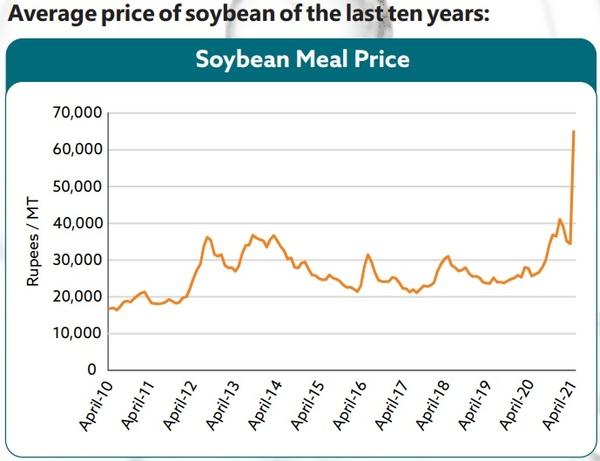
Protein sources are the second largest component of practical poultry diets. Soybean seed is the premier protein source used by the poultry industry. There are some nutritional and technological considerations, which determine the feasibility of an alternative protein source to be introduced into the diet. These include nutritional and technical aspects such as the variability in nutrients level and quality particularly the essential amino acids balance of the ingredient, presence of naturally occurring antinutritional factors in it.
DDGS: DDGS are a co-product of the ethanol production process, which is rich in protein, fat, minerals and vitamins. The bioavailability of phosphorus in DDGS is fairly high at around 60%, but the digestibility of lysine is lower. The main anti-nutritional factor (ANF) limiting high inclusion of DDGS in poultry feed is the high crude fibre content, with the major part existing in the form of non-starch polysaccharides (NSPs).
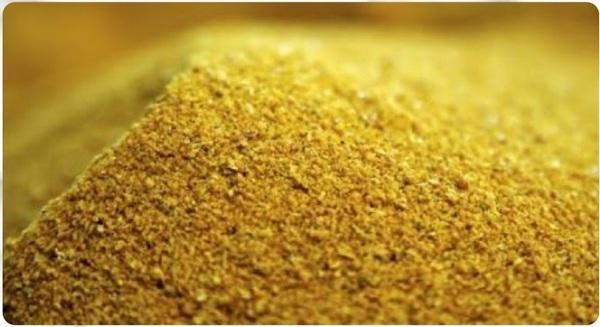
Cotton Seed Meal: The main constraint of CSM is the presence of gossypol, which limits its use in non-ruminant animals such as pig and poultry. CSM usually contains gossypol, unless it has been obtained from glandless (gossypol-free) seeds. Gossypol toxicity can be alleviated through the addition of iron salts.
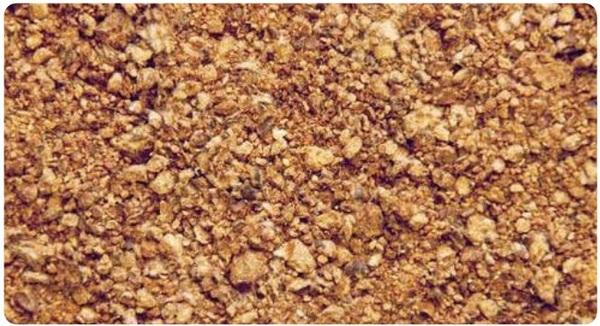
Sunflower Meal: The major ANFs found in sunflower meal are its high crude fibre and NSP, and low available lysine. Sunflower meal also contains chlorogenic acid (1.2%), which can interfere with the biological function of hydrolytic enzymes and consequently retard growth performance. The negative effect of chlorogenic acid can be reduced by adding methionine and choline to poultry diets. Crude fibre ranges from 27 to 31%.
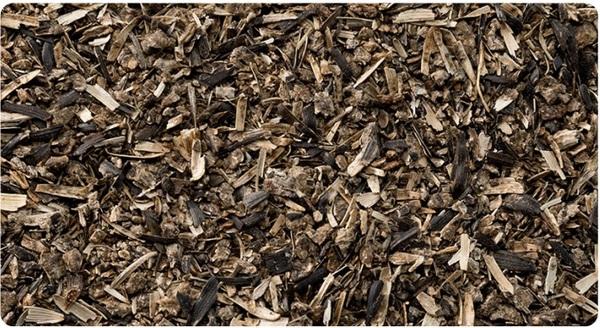
Coconut Meal: The meal protein content is fairly low compared to other oilseed meals with low digestibility of lysine and methionine. Also, the high crude fibre in coconut meal decreases its metabolizable energy content for poultry. The high oil content of copra meal renders it susceptible to rancidity and the product should not be used after prolonged storage. A peculiarity of copra meal is its high NSP content, and notably its high levels of mannan and galactomannan (25–30%)
Groundnut Meal: Groundnut meal is still deficient in lysine and methionine, but the main constraint to its utilization is its easy contamination by aflatoxin particularly with long storage under high temperature and humidity.
Guar Meal: Guar meal contains about 12% gum residue which increases viscosity in the intestine and reduces digestibility and growth. In addition, guar meal contains other types of ANF, including trypsin inhibitors, saponin, haemagglutinins, hydrocyanic acid and polyphenols. The large saponin content of guar seed could have both antinutritional effect and a positive anti-microbial activity.
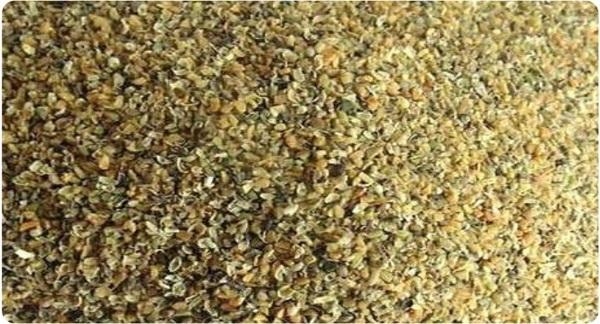
Corn Gluten Meal: Corn gluten meal (CGM) is a proteinrich feed, containing about 65% crude protein, making it one of the richest potential protein sources. However, CGM is deficient in lysine with 1.7%, compared with SBM. Dietary sources of protein are heterogeneous mixtures of different proteins. It would be anticipated, therefore, that different proteins would be different in their biological values, and this in turn would result in variation in their potential to meet animal protein and amino acid requirements.
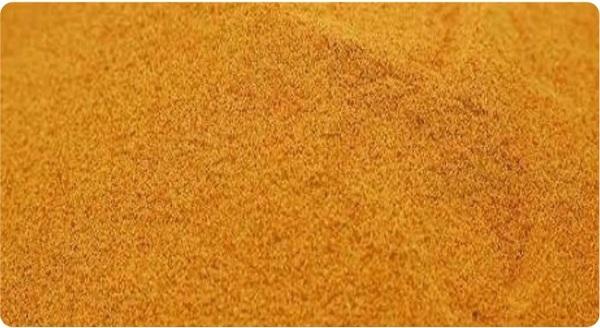
Limitations against the use of Alternate Protein Sources
A major constraint to the use of most alternative protein sources is the presence of ANF in the diet. Although such factors are present in conventional ingredients, not much efforts have been put into developing many of the alternative ingredients. Protease inhibitors, phytate, lectins, polyphenolic compounds, glucosinolates, saponins and NSP are examples of ANF that depress nutrient digestion and utilization. Ironically, those feedstuffs (grain legumes, oil seed meals) that are used extensively as sources of dietary protein also tend to contain the highest concentrations of ANF. For example, SBM contains a range of ANF, many of which are heat-labile and are destroyed during feedstuff manufacture. Unless destroyed or inactivated by heat or some other suitable treatment, these substances can exert adverse physiological effects when fed to animals. However, heat treatment may reduce protein quality through protein denaturation and development of Maillard-type reaction products.
The objective of feed formulation is to derive a balance diet that will provide the appropriate quantities of biologically available nutrients required by poultry. In addition to providing and protein, formulations may contain supplements to provide additional minerals, vitamins and specific amino acids that may be lacking because of the use of non-conventional feed material that may be deficient in one or more nutrients. The use of alternative feed ingredients often necessitates dietary nutrient supplementation.
Application of Feed Enzymes
The application of feed enzymes in poultry diets to improve nutrient digestibility has gained relevance in the poultry industry over about three decades. It can be regarded as one of the most significant advances in feed management. Enzymes are added to diets to enable the bird to degrade anti-nutrient feed components, in particular, NSP and phytate. It has also been demonstrated that addition of feed enzymes improves amino acid digestibility and the metabolizable energy value of the diet. The response to feed enzymes is dependent on diet composition, source and level of enzyme addition and may reflect improved dietary protein digestion.
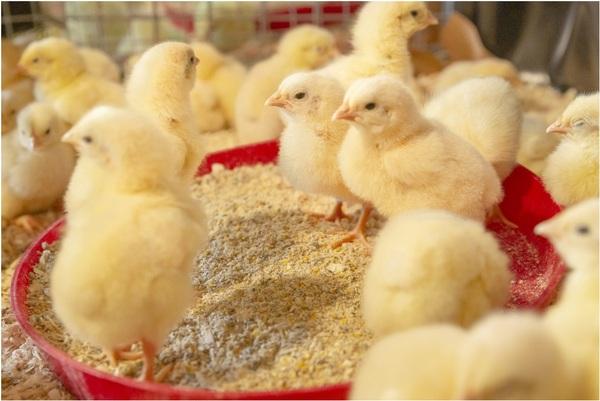
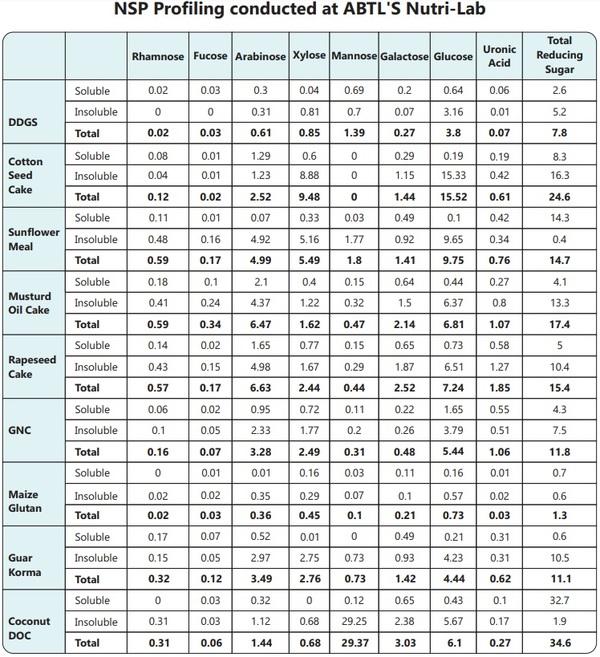
Related topics
Authors:
Join to be able to comment.
Once you join Engormix, you will be able to participate in all content and forums.
* Required information
Would you like to discuss another topic? Create a new post to engage with experts in the community.
Create a post
.jpg&w=3840&q=75)